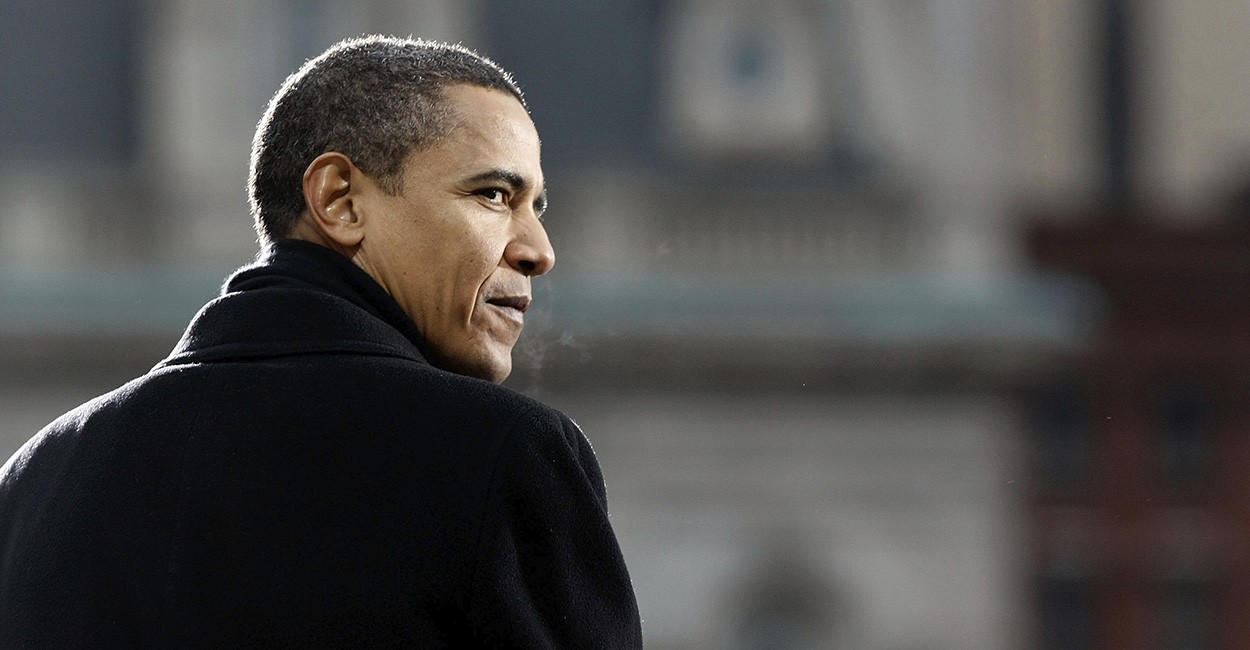When a memo from the White House hit state governments’ desks on Friday, September 23, school districts across the United States heaved a huge sigh. This memo, crafted by the White House and approved by Secretary of Education Arne Duncan, offers states freedom from the constraints of No Child Left Behind – a well-intentioned law that has spurred on serious consequences in the field of education. No Child Left Behind was passed by Congress and signed into law by President George W. Bush in 2002. An ambitious education law, it drew both praise for calling attention to the widening achievement gap and criticism for its seemingly unrealistic standards. No Child Left Behind’s ultimate aim was directed at 2014: the year in which just about 100 percent of students would be required to be at proficiency level in math and reading. The federal government relied upon test scores to measure students’ Adequate Yearly Progress towards this goal, and tied state funding to student performance.This system placed intense pressure upon students to do well on the test, on educators to teach to the test, and on administrators and states to lower standards in order to avoid punishments.
With 2014 approaching, schools have become increasingly desperate to make progress and keep their funding. A rash of cheating scandals dotted the country, such as in Atlanta, where 178 educators have been implicated. Even the Department of Education noted states’ struggles; Secretary Duncan estimated that 82 percent of schools could be off-track to meet academic targets this year. States, facing escalating consequences for “failing” schools and a federal requirement that more resources be poured into the schools that need the most help, have been desperate for Congress to throw them a life preserver in the sea of overwhelming, and seemingly unreachable, requirements. But Congress hasn’t been willing to fix the problem. Reforms to the law have lacked bi-partisan consensus, sparking debates over the role of the federal government in states’ education. While debates raged, states prepared to tighten their belts and face punishments.So this memo was, to say the least, innovative. Included in No Child Left Behind was authority bestowed upon the Secretary of Education to waive some of the provisions of the law. Secretary Duncan, with support from the White House, has decided to use that ability, giving states some freedom from No Child Left Behind’s timeline, enabling them to create their own consequences for “failing” schools, and bestowing more freedom on rural school.
However, these freedoms come at a price. States who want out of these provisions of No Child Left Behind have to show that they have adopted “college and career-ready standards” in reading and math and that they will create and administer tests aligned with these standards, that they have created plans designed to help the lowest five percent of their schools, and that they are evaluating teacher and principal effectiveness.
This move was unprecedented, creating uproar in Congress about overreaching federal power. However, states are busy saying thank you.
Only a few states, including Georgia, are able to apply for waivers immediately. Georgia’s waiver was created swiftly and delivered by Senator Jonny Isakson, and features a number of sweeping changes. These include measuring AYP by not only CRCT scores, but also AP and SAT scores, career tech course grades, reading levels, and dual enrollment success, in an effort to evaluate students across a broader spectrum that indicates students’ readiness for college or career.
The step is certainly one forward for the state of Georgia, allowing the state more freedom over the definition of success and allowing us to pioneer the waiver program. All eyes will be on our performance, putting our state in a unique position to prove that this idea of reforming No Child Left Behind is a good one.


